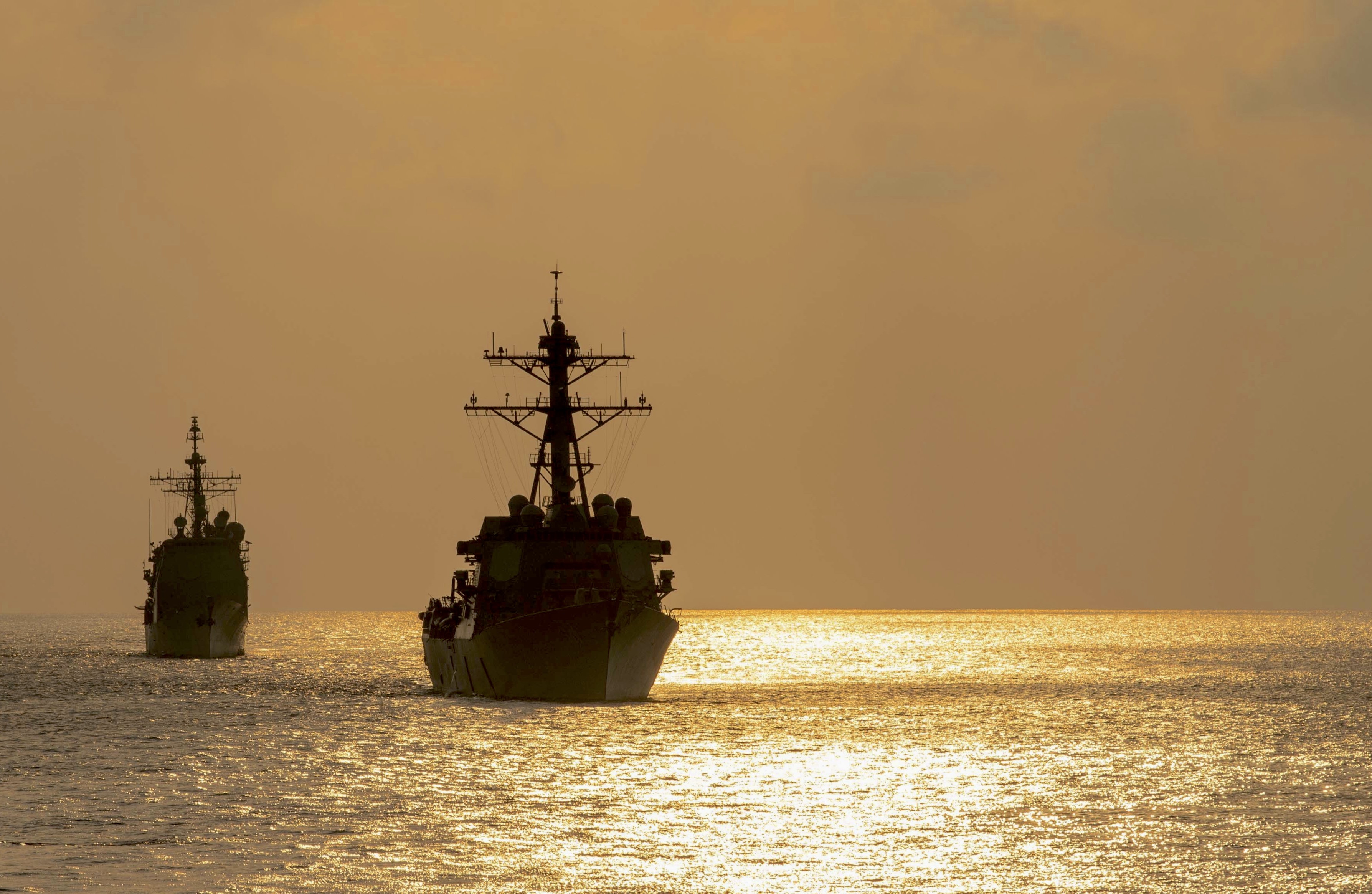
Navy Sees No Easy Answer to Balance Future Surface Fleet
THE PENTAGON – Based on the Navy’s current vision of its future fleet, the service will be too top-heavy in the coming…
Copyright 2024 U.S. Naval Institute. All Rights Reserved.